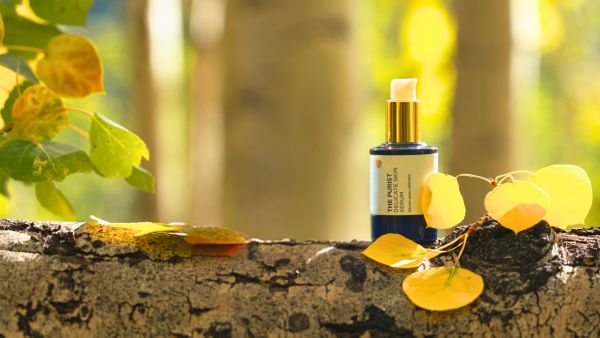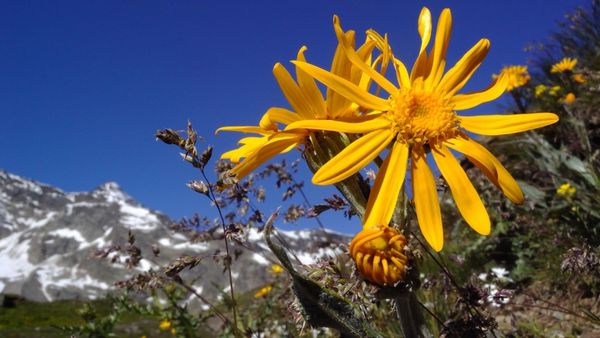Why Oil Cleansing Is the Secret to Cold-Weather Radiance
Winter may be beautiful, but it can be brutal on your skin.
As temperatures drop, your skin’s barrier — its first line of defense — weakens. When that happens, moisture escapes, sensitivity increases, and fine lines appear more pronounced.
That’s why this season calls for a gentler, more nourishing approach to cleansing.
Why Oil Cleansing Belongs in Your Winter Skincare Routine
Cleansing oils do more than dissolve makeup and impurities — they restore harmony to the skin’s lipid barrier. Unlike foaming cleansers that leave skin tight, an oil cleanser respects your skin’s natural ecosystem.
Here’s how an oil-based cleanse transforms winter skin:
1. Restores the Lipid Barrier
In cold, dry air, skin struggles to maintain its own oils. A botanical oil cleanser replenishes essential lipids, preventing transepidermal water loss (TEWL) and restoring softness and resilience.
2. Dissolves Impurities Without Stripping
“Like dissolves like.” The natural oils in a cleanser bind to excess sebum, makeup, and pollutants — gently lifting them away without disrupting moisture balance.
3. Soothes and Rebalances Winter-Stressed Skin
Winter often brings redness and reactivity. The Phytonutrient Oil Cleanser blends alpine adaptogens and restorative botanicals such as Calendula, Black Currant, and Moringa to calm irritation while deeply conditioning the skin barrier.
4. Prepares Skin for Optimal Absorption
A clean, hydrated surface allows serums and essences to penetrate more effectively. Oil cleansing sets the stage for deeper nourishment — especially when followed by Aspen Dew Illuminating Essence and The Alpine Phytonutrient Serum.

Your Winter Cleansing Ritual
Give your skin a moment of alpine calm each evening with this simple ritual:
Step 1: Melt Away the Day
Warm 3–5 pumps of the Phytonutrient Oil Cleanser between your palms.
Massage gently over dry skin in circular motions, breathing in the subtle notes of alpine botanicals.
Step 2: Emulsify and Rinse
Add a few drops of warm water to transform the oil into a light, milky emulsion.
Rinse thoroughly or remove with a soft, damp cloth — your skin should feel supple, not squeaky.
Step 3: Treat with a Mist
Spritz with Neroli Hydrasoothe Treatment Mist to pre-treat extra dry skin and prep for Aspen Dew.
Step 4: Hydrate and Fortify
Follow with Aspen Dew Illuminating Essence to deeply hydrate, then seal it all in with The Alpine Phytonutrient Serum or The Purist Delicate Skin Serum for lasting nourishment.
Key Botanicals to Nourish Winter Skin
Every drop of this golden oil is designed to cleanse and condition in one step, marrying efficacy with alpine purity.
- Marula: Restores and comforts compromised, wind-chapped skin.
- Alpine Black Currant: Omega-rich lipids nourish and strengthen the barrier.
- Moringa: A vitamin-packed botanical that purifies and softens.
- Mountain Calendula: Calms reactive winter skin while easing visible redness.
The result: a complexion that feels balanced, luminous, and quietly renewed — even when the world outside is frozen.
The Alpine Approach to Winter Radiance
Winter doesn’t have to dry your skin out.
By replenishing as you melt away the days impurities — you create the foundation for every other step in your skincare ritual.
The Phytonutrient Oil Cleanser is more than a cleanser; it’s an invitation to slow down, restore, and reconnect with your skin’s natural rhythm.
Continue reading










